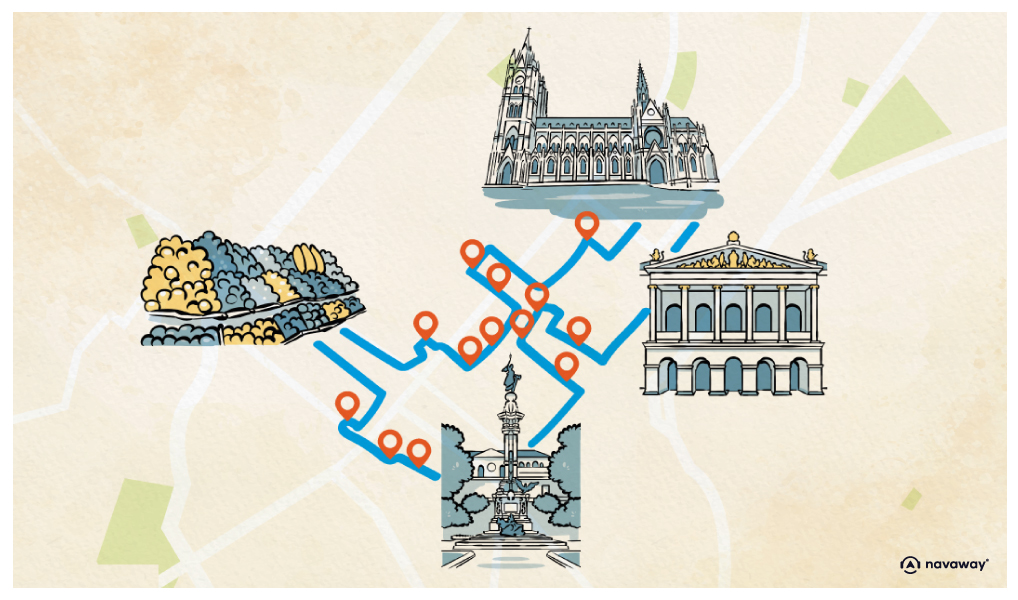
Plaza Santo Domingo
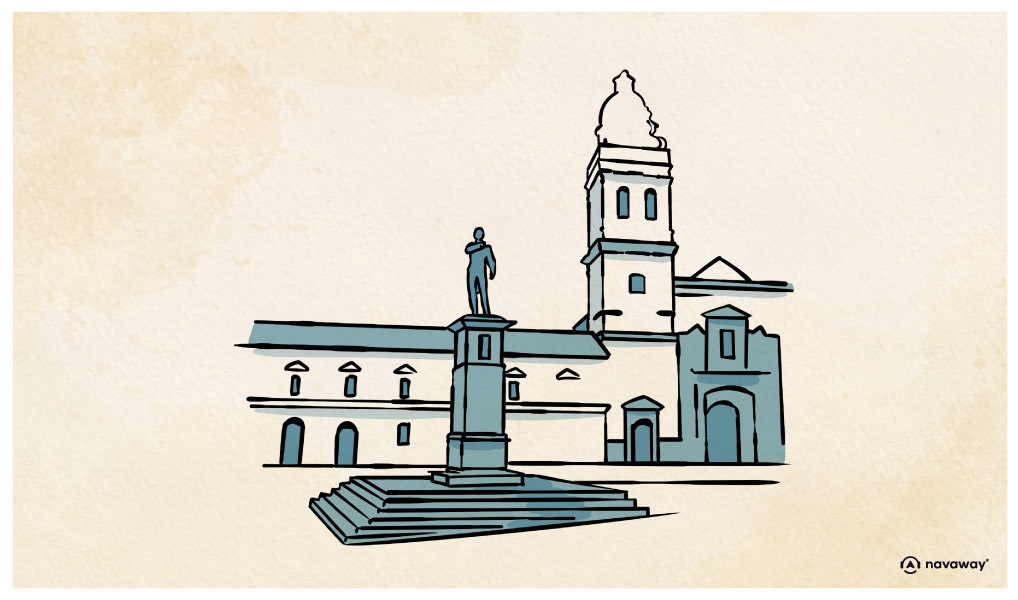
This point of interest is available as audio on the tour: Visit Quito, Lost in the Andes
In the center of Santo Domingo Square stands a monument to Marshal Sucre — a towering figure in the fight for independence, perhaps less well-known than Simón Bolívar, but no less vital. He’s the man who freed Quito and whose name lives on in Bolivia’s capital city, as well as Ecuador’s former national currency. His full name was Antonio José de Sucre, and he was born in Venezuela to a royalist colonel. At just 15, he joined the military academy in Caracas and was soon swept up in the revolutionary movement. He became one of Bolívar’s closest allies and won two of the most decisive battles of the independence era: Pichincha, which secured Ecuador’s freedom, and Ayacucho, which sealed the fate of the Spanish Empire in South America and led to the liberation of Peru. When Bolívar decided to create a new nation from the southeastern part of Peru — what would become Bolivia — he chose Sucre, somewhat reluctantly, to serve as its first president. Known for his honesty, integrity, and incorruptibility, Sucre approached the role with seriousness and vision. He immediately set out to understand the country he was leading, commissioning studies and gathering data, revitalizing the mining sector, improving agriculture, and creating ministries for War, Interior, and Finance. He also introduced bold reforms aimed at modernizing the young nation — but not everyone was on board. In 1828, after being injured during a riot, Sucre resigned from the presidency. Later, while traveling through Colombia, he was assassinated under mysterious circumstances, and to this day, the full truth of his death remains a mystery. His legacy, however, lives on — not only in statues and street names, but in the very fabric of South American history.


Discover Quito with app
An interactive guide through the most beautiful streets, squares, and districts
19 fun audioguides full of historical facts, anecdotes, and legends
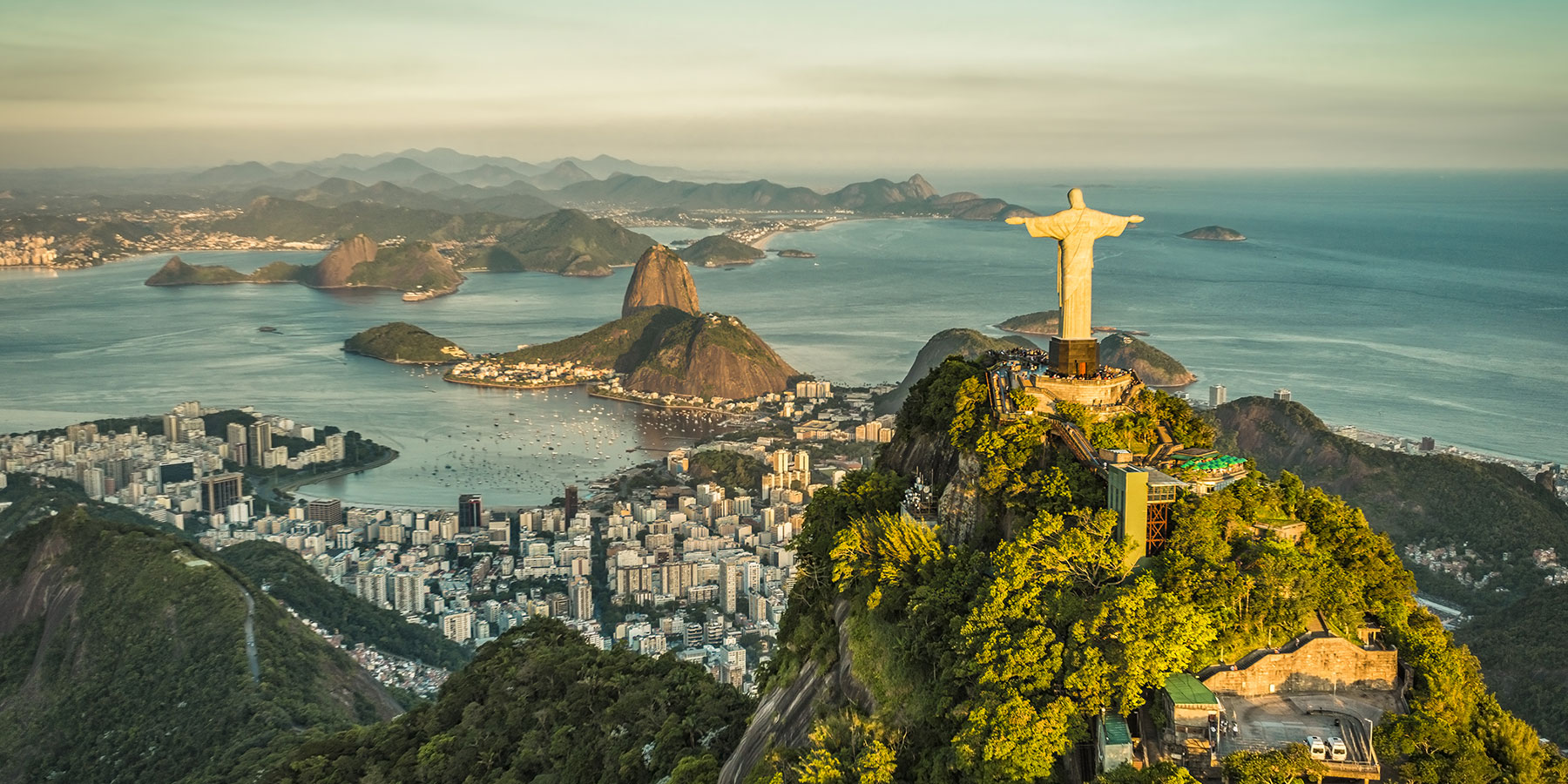
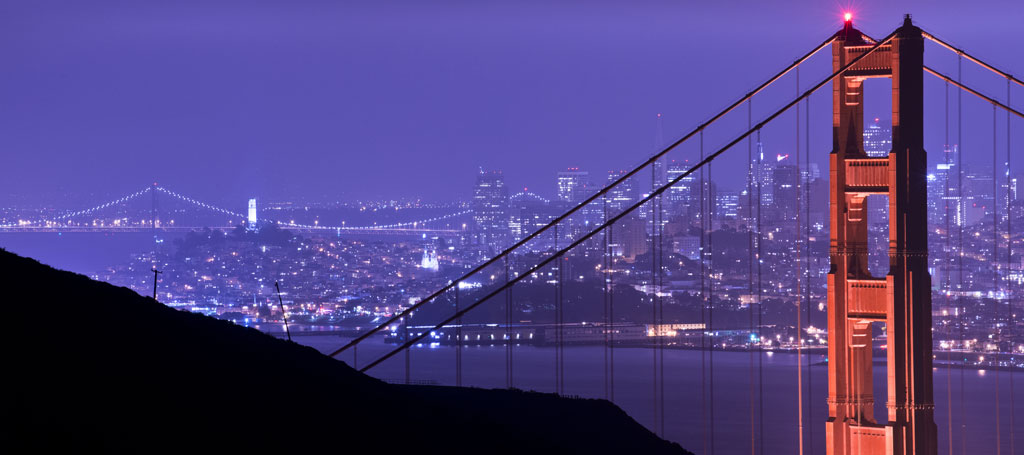
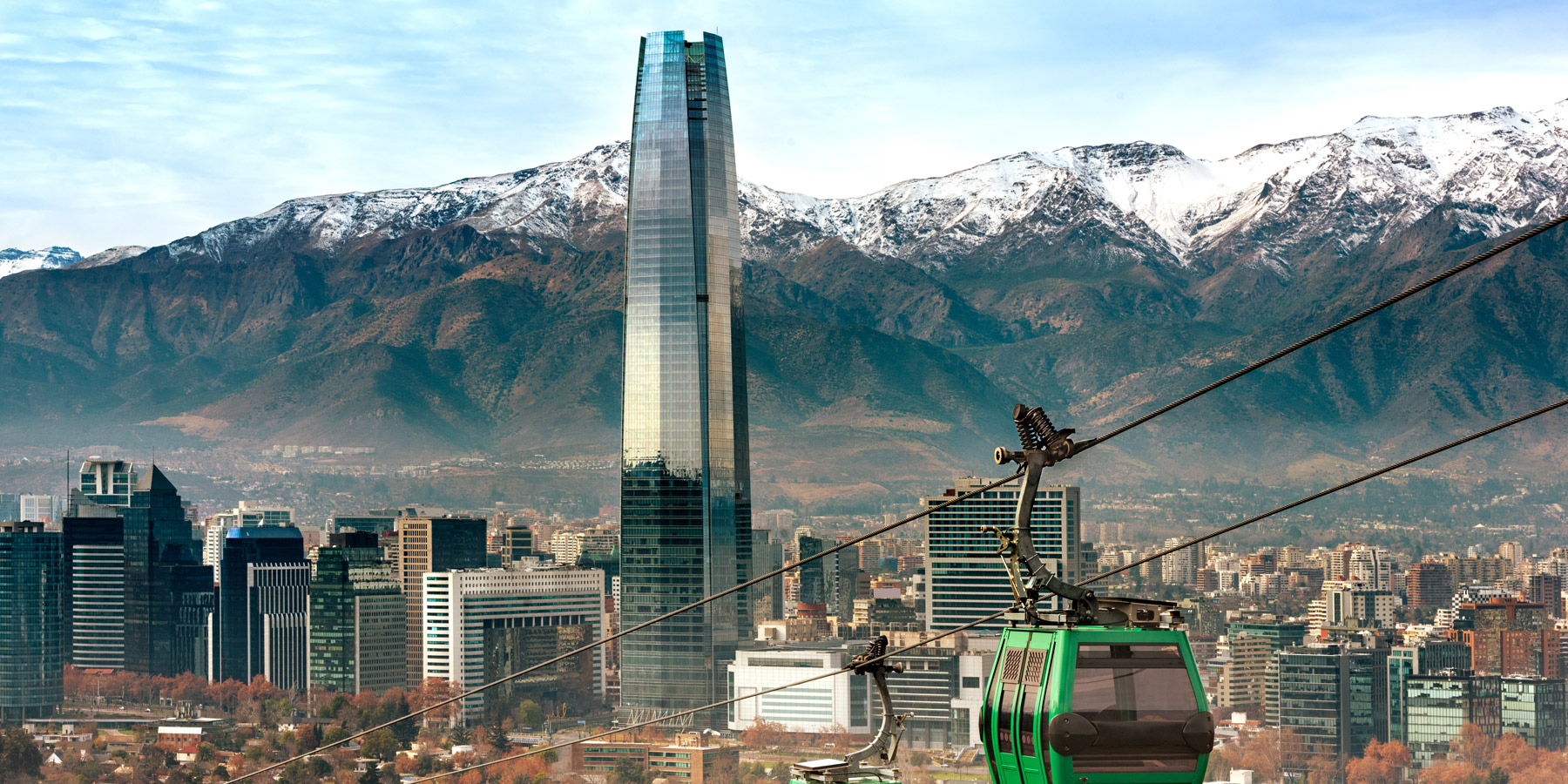
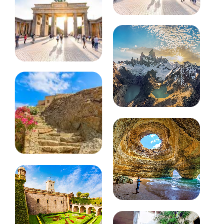

Comments